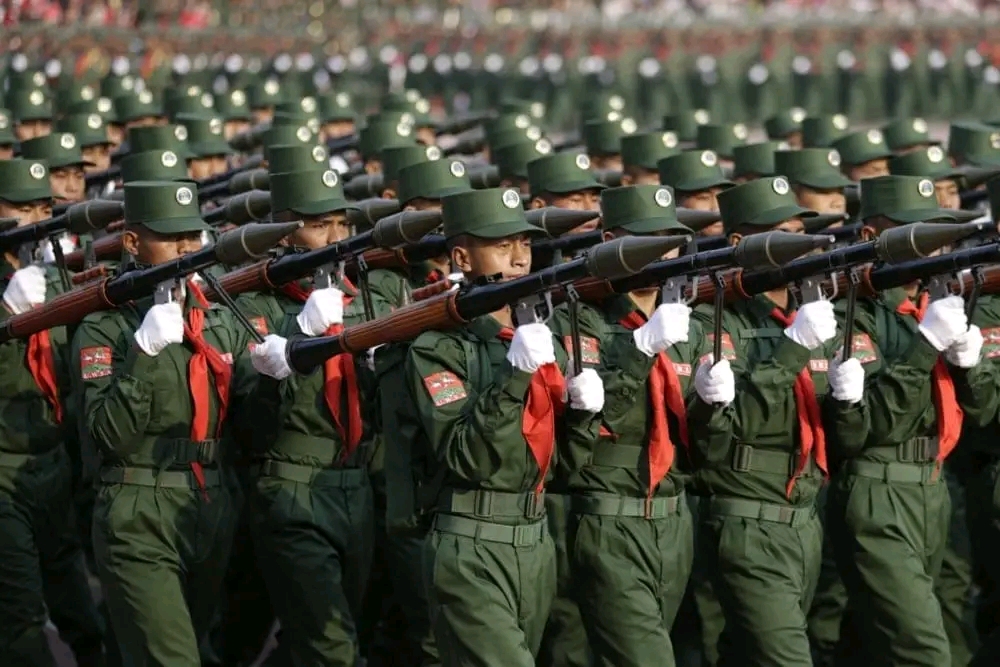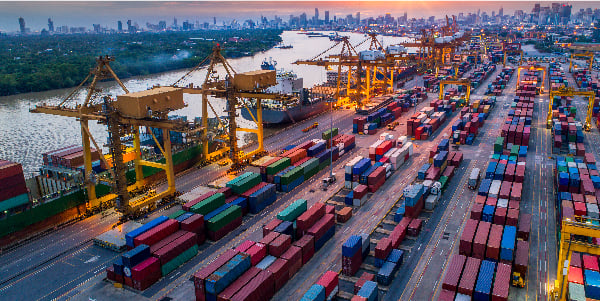
Malawi’s main imported goods
Malawi, a landlocked country in southeastern Africa, heavily relies on imports to meet its economic and consumer needs. Despite having a primarily agrarian economy, its dependence on foreign goods spans essential commodities, industrial inputs, and finished products. Below is an overview of Malawi’s main imported goods:
1. Petroleum Products
Fuel imports, including petrol, diesel, and lubricants, dominate Malawi’s import list. Being landlocked, Malawi depends on neighboring ports in Tanzania and Mozambique to receive fuel shipments, which are then transported inland. The energy sector heavily relies on these imports to power transportation, industrial operations, and electricity generation.
2. Machinery and Equipment
Malawi imports significant quantities of machinery and equipment for use in agriculture, mining, and construction. This includes tractors, irrigation equipment, and machinery for small-scale industries. Such imports are essential for improving productivity in the nation’s economy.
3. Fertilizers and Agricultural Inputs
Agriculture forms the backbone of Malawi’s economy, contributing significantly to GDP and employment. The country imports fertilizers, pesticides, and other agricultural chemicals to boost crop yields, especially for cash crops like tobacco, tea, and sugarcane. These imports are critical for food security and export earnings.
4. Vehicles and Spare Parts
Malawi imports a wide range of vehicles, including cars, buses, trucks, and motorcycles, primarily from countries like Japan and South Africa. Spare parts and maintenance tools also make up a substantial portion of the automotive-related imports to sustain the transportation industry.
5. Food Products
Although Malawi is an agricultural country, it still imports food items, particularly wheat, rice, and processed foods, to meet the demands of its urban population. Seasonal shortages of maize, the staple food, also necessitate imports in certain years to combat food insecurity.
6. Pharmaceuticals and Medical Supplies
The country imports a large portion of its medicines and medical supplies to meet the healthcare needs of its population. These include vaccines, antibiotics, diagnostic equipment, and basic medical consumables. Dependence on imports in this sector is critical for managing diseases like malaria and HIV/AIDS.
7. Clothing and Footwear
Textiles and garments are a notable category of imports. Malawi sources clothing and footwear from countries like China, South Africa, and India to cater to local demand. Imported second-hand clothing also plays a significant role in the market.
8. Electronics and Consumer Goods
Electronics, including mobile phones, televisions, and household appliances, constitute an important share of imports. These goods are largely sourced from Asia and are increasingly in demand due to urbanization and lifestyle changes.
9. Cement and Construction Materials
As Malawi undertakes infrastructure development projects, imports of construction materials such as cement, steel, and tiles have surged. These materials support road construction, housing, and public works projects.
10. Chemicals
Malawi imports industrial chemicals for use in manufacturing, water treatment, and agricultural processing. These chemicals are vital for its burgeoning small-scale industrial sector.
Import Challenges
Malawi faces several challenges in managing imports, including high transportation costs due to its landlocked nature, limited foreign exchange reserves, and trade imbalances. These factors often result in rising import bills, which strain the country’s economy.
Conclusion
Malawi’s reliance on imports underscores its need to diversify its economy and boost domestic production. While petroleum, machinery, and agricultural inputs remain the backbone of its imports, addressing infrastructural and industrial limitations could help reduce its dependence on foreign goods.




Leave a Reply